Are Great Danes Hypoallergenic?
Contrary to popular belief, the American Kennel Club says that Great Danes are not hypoallergenic. However, there are still some myths surrounding hypoallergenic dogs.
A Great Dane is a giant dog breed, but it sheds just like any dog. The primary source of allergens for humans is dander and saliva.
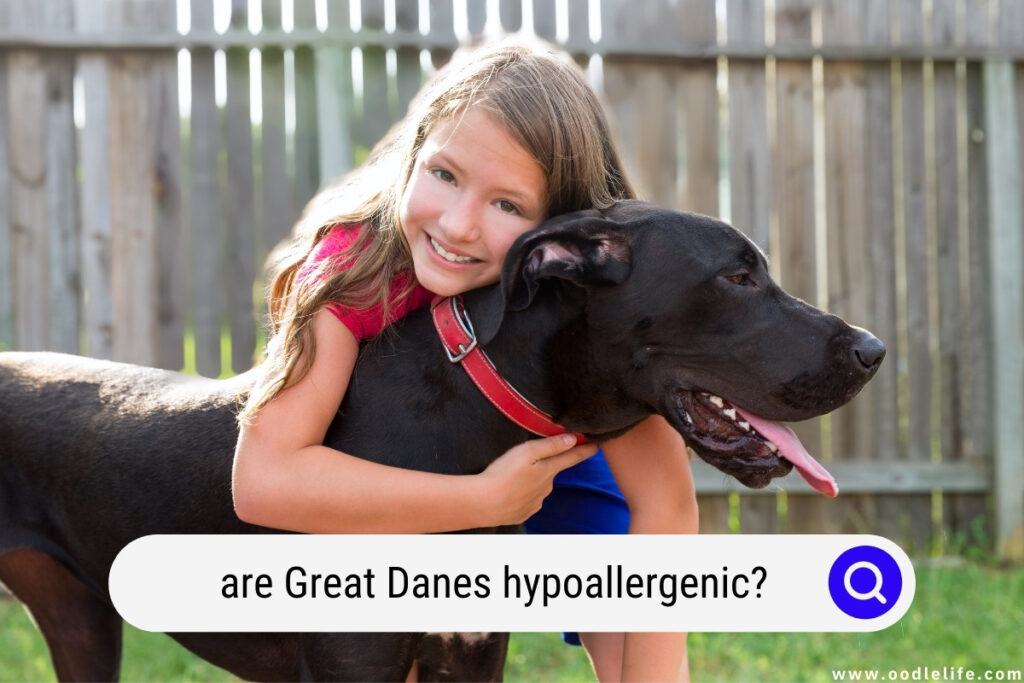
Unfortunately, there’s no way to make a dog stop producing saliva or dander. You can reduce the dander in your home by brushing your dog regularly and keeping them clean, but they will still produce allergens.
In this article, we will talk about what makes a dog hypoallergenic and some tips on how to help you live with these amazing animals.
No Truly Hypoallergenic Breeds
The American Kennel Club says that all dogs shed some hair every day. Some people may have an allergy to them, but this will depend on the individual’s allergic response more than the dog’s fur.
Hair loss tends to be a problem in spring when the dog sheds its winter coat in preparation for summer.
While this breed makes an excellent pet, some potential owners choose not to get a Great Dane because they think the dog will trigger their allergies.
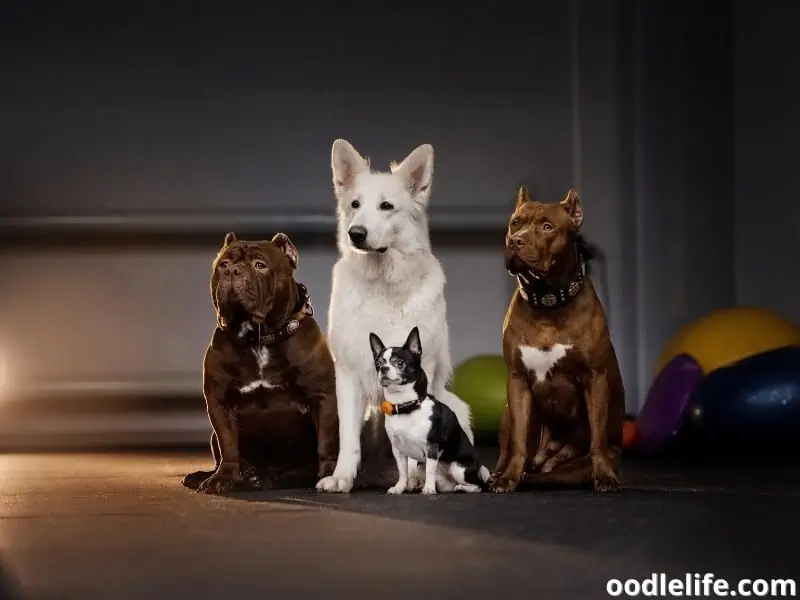
Great Dane Positives
There are many reasons to love a Great Dane. They’re so large and friendly that they are known as “Gentle Giants.” The breed is also known for its loyalty, but it’s no wonder these dogs are so loyal — they typically live for seven years.
Great Danes have short hair and shed very little, making them potentially less allergy-inducing than some long-haired dogs. They are also great dogs for families with children, as they tend to be good-natured and easy-going.
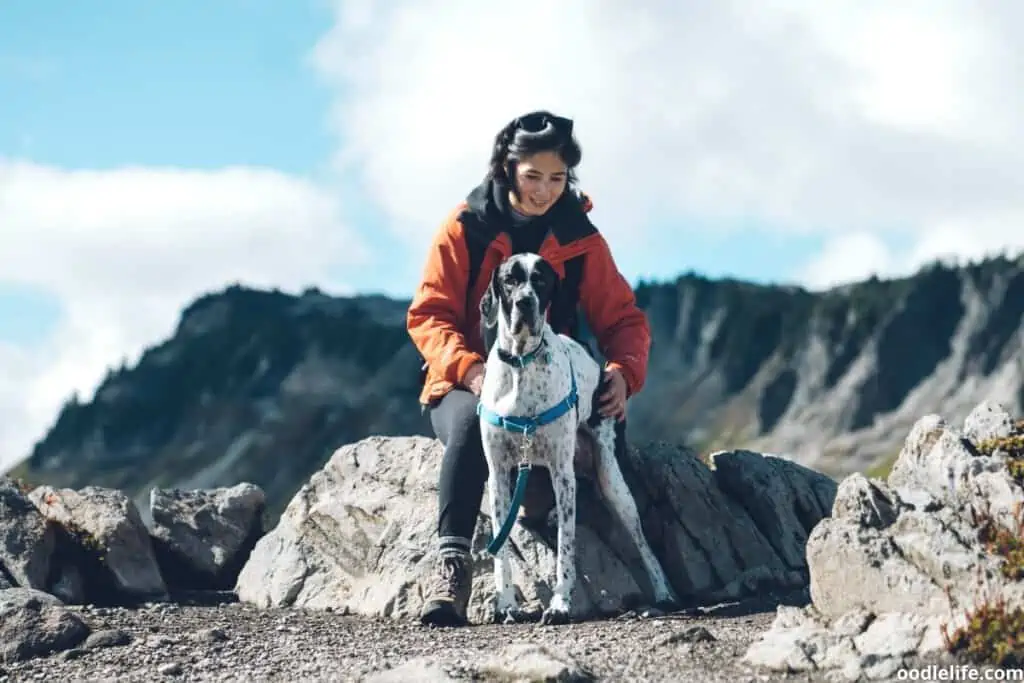
About Dog Allergies
There are many misconceptions about hypoallergenic dogs. The truth is that no dog is 100% hypoallergenic.
A dog can still trigger an allergic reaction even if they are considered a hypoallergenic breed. The goal of breeding a hypoallergenic dog is to reduce the number of allergens they produce, not to eliminate them.
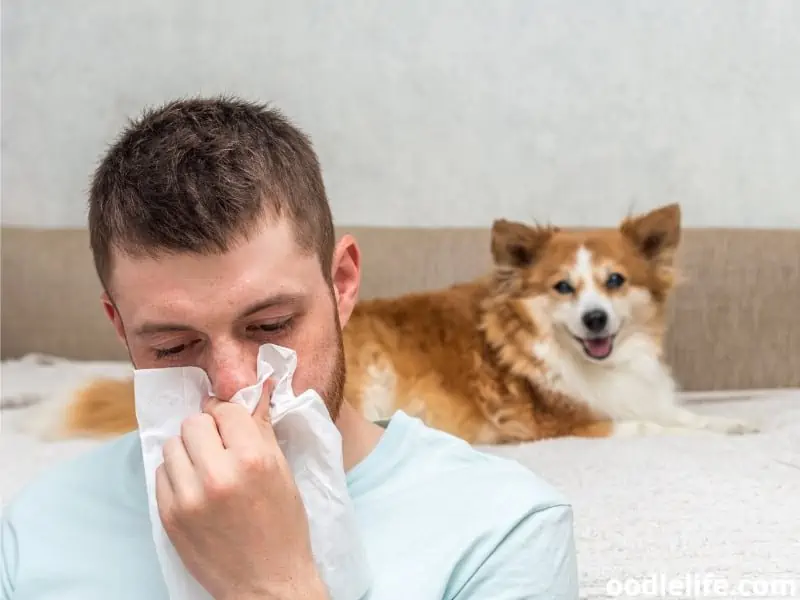
Why Some Breeds Are Considered Hypoallergenic?
The term “hypoallergenic” is a bit misleading. All dogs produce allergens, but some breeds tend to be more allergen-producing than others. A so-called hypoallergenic dog has fewer allergens than other breeds.
This can be because of the dog’s coat type. For example, a dog with an undercoat sheds less than one without and usually produces fewer allergens.
The very essence of the “hypoallergenic” label is a misnomer. There are no genuinely hypoallergenic breeds. However, dog breeds are less likely to trigger allergies in those who suffer from them.
Many people are allergic to dogs, but some breeds are less likely to trigger allergic reactions than others. This is because it is not dog hair or dander that causes allergies in humans but a protein found in the saliva and urine of dogs that get onto their hair and skin.
The dander produced varies from dog to dog and from breed to breed. Some dogs make more of this protein than others, so people with allergies can live comfortably with a dog even if they have previously poorly reacted to other breeds.
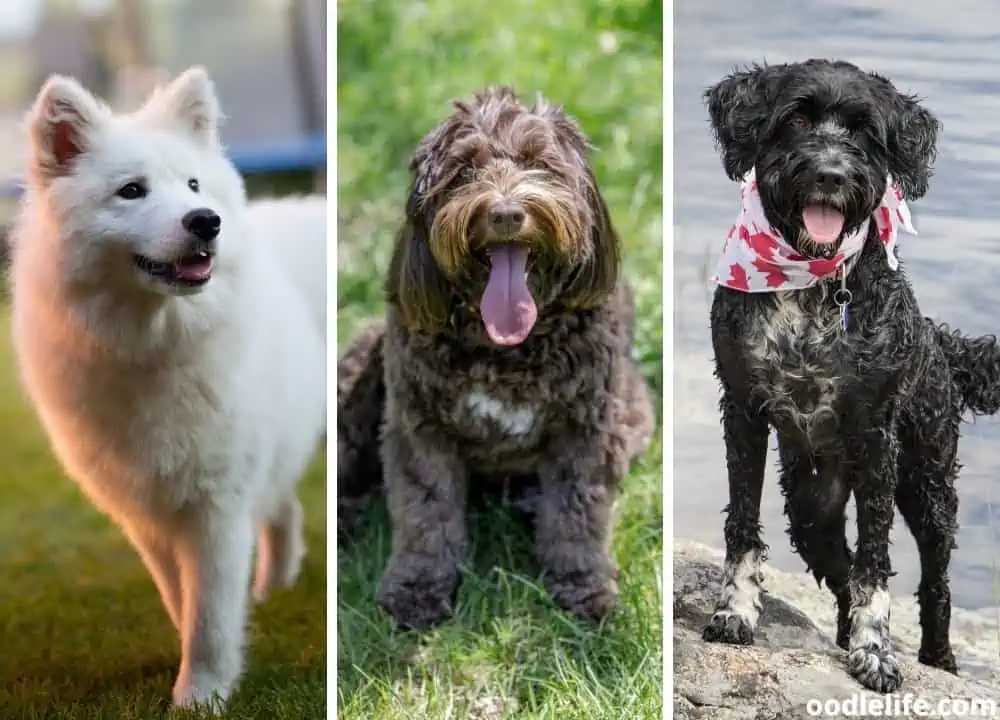
There are several features common to many hypoallergenic dog breeds:
Hair Rather Than Fur
Some dogs have fur with a protective outer layer (guard hairs) over an insulating undercoat. Others have hair that lacks the guard hairs and thus does not shed as much. Poodles are an excellent example of a breed with a coat.
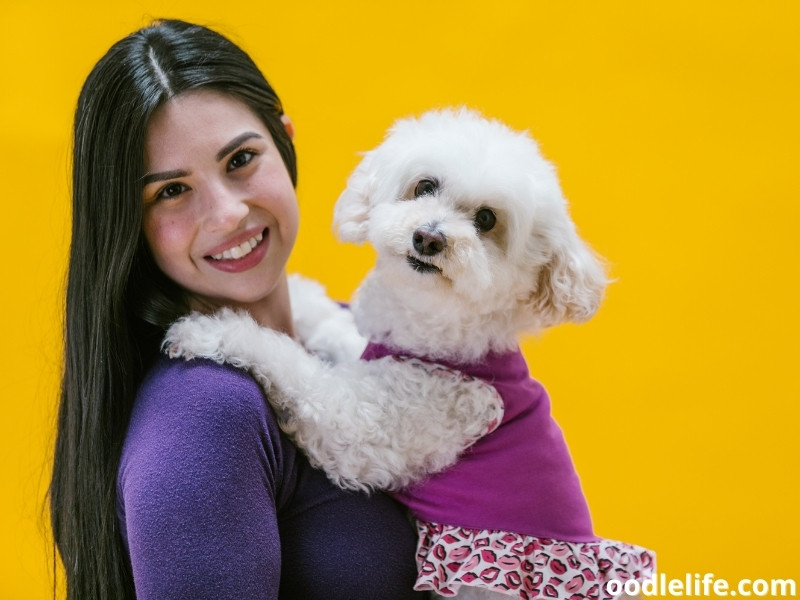
Short Coats
Dogs with short coats, such as Great Danes, do not collect as much dander as those with long or double coats. They also lack an undercoat entirely, so they do not shed much either. Great Danes fall into this category.
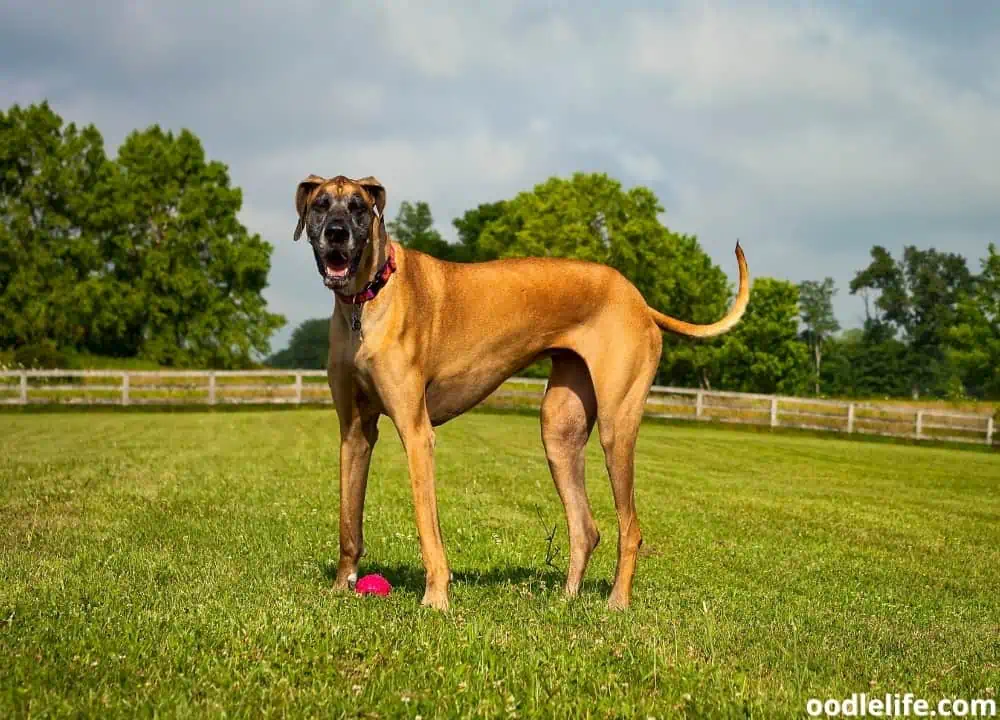
What Features Do Great Danes Have That Might Reduce Allergens?
Great Danes have short coats, and their fur is easily maintained. People with allergies may find this coat type easier than a long or double coat. Great Danes also shed less than many other breeds and are often recommended for allergy sufferers.
They also do not have a strong odor, which is another factor for some people regarding allergies.
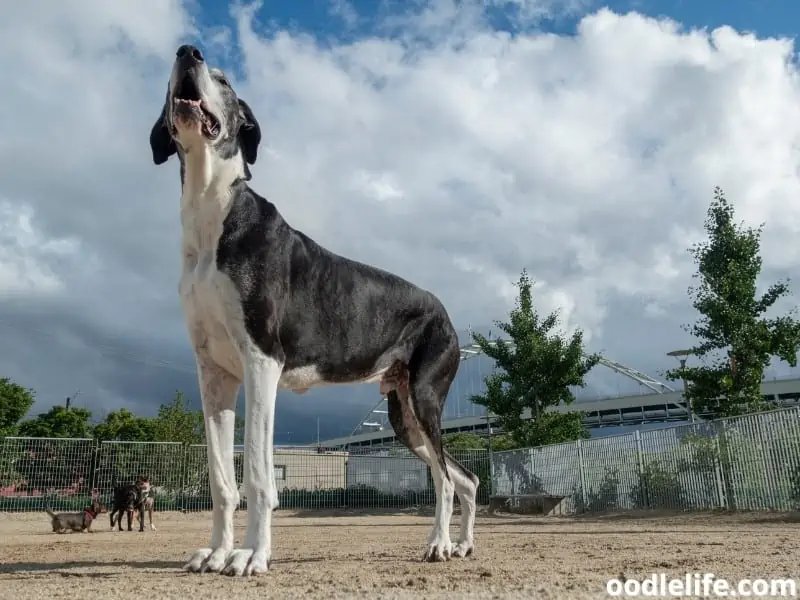
Grooming a Great Dane
The Great Dane is one of the most popular dog breeds worldwide, and while they are beautiful dogs, they are not known to be hypoallergenic.
Great Danes do shed quite a bit, but regular grooming and vacuuming your home can help keep their shedding under control.
Great Dane owners should be prepared for regular brushing and grooming, especially if you want to keep their long hair from getting mats and tangles.
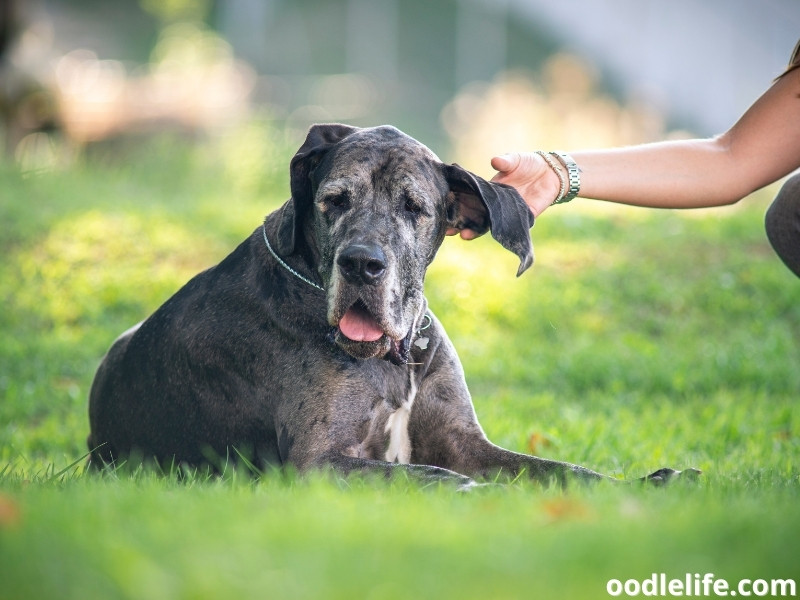
Does It Matter If The Great Dane Is Short-Haired or Long-Haired?
There are no truly hypoallergenic dog breeds. All dogs have the potential to trigger an allergic reaction in at least some people. Many people with allergies do fine around certain dogs as long as they take proper precautions.
Some dogs indeed have less dander (the dead skin cells that cause a reaction in allergy sufferers), and some have less fur, which can mean less dander and less shedding. Both traits make a dog better for someone with allergies.
Dander is the primary allergen. Dogs who shed more don’t necessarily trigger more allergies than others, but they track their dander around the house more readily.
It does matter whether your Great Dane is short-haired or long-haired. Long hair traps dander and other allergens on the coat; if you’re highly reactive to allergens, it’s best to stay away from any long-haired dog.
Is a Great Dane Right for Me?
If you want to make sure a Great Dane is right for you, we recommend doing these things:
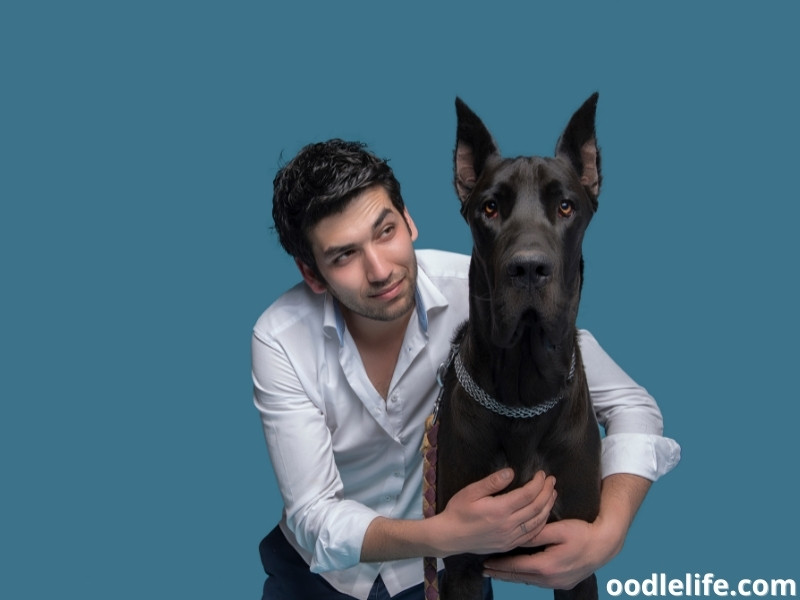
Spend some time with a Great Dane before adopting one: If you know someone who has a Great Dane, ask them if you can meet the dog. If not, contact the breeder or rescue group to arrange a meeting. Most breeders and rescues are happy to help you meet their dogs before committing to adoption.
Make sure the coat length doesn’t bother you: Does it matter if the Great Dane is short-haired or long-haired? Make sure this isn’t an issue for you!
Conclusion
Great Danes are gentle giants and are the world’s largest lap dogs! They are not hypoallergenic, but they do shed less than other breeds, and they don’t have an undercoat that sheds twice a year heavily as many other breeds do.
They will require some grooming, brushing, and bathing to keep them looking their best and help control shedding.